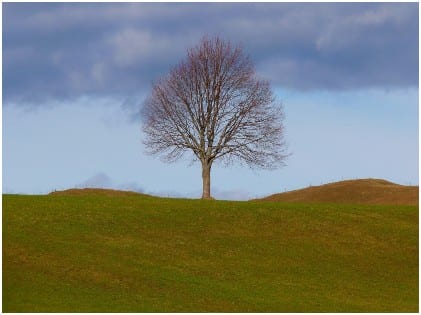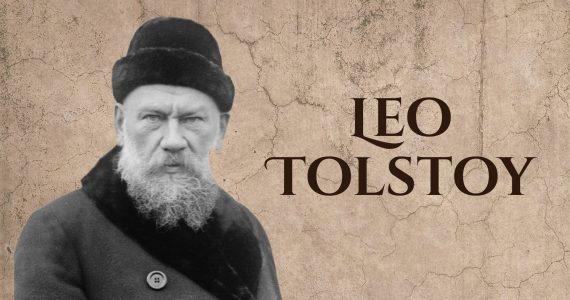Have you ever heard about Lehi’s version of the Tree of Life? It’s a lovely analogy of a family that chooses God’s words and holds tightly to his promises to help derive happiness in life. Interesting as this may sound, this very image of the Tree of Life is popular across multiple cultures and over a long time.
Yet, it’s surprising how different cultures sharing the same imagery of this Tree of Life have varied interpretations of the same. Few common themes describe beauty and symbolism. While it’s understandable, you wouldn’t know all. It’s great to learn about them. Here’s taking a look at a few.
Symbolic Of Eternal Life
 Both Chinese and Islamic cultures consider the Tree or the fruit from the Tree of Life as a symbol of eternal life. In Chinese mythology of an ancient tree, a Taoist story goes that it produced a peach for almost 3000 years!
Both Chinese and Islamic cultures consider the Tree or the fruit from the Tree of Life as a symbol of eternal life. In Chinese mythology of an ancient tree, a Taoist story goes that it produced a peach for almost 3000 years!
Whoever consumed the peach got the gift of eternal life and abundance of happiness. The Quran is also replete with references to the tree found in the Garden of Eden, whereby it spread knowledge.
Symbolic Of Knowledge And Longevity
Traditional Chinese culture and Norse mythology have believed in how the Tree of Life can propagate knowledge. We all know the story of Adam and Eve, and therein stems this tree that contains the essential knowledge of both good and evil. It is because of this tree that Adam and Eve heard the firsts of God’s commandments. Similarly, in Norse mythology, the tree showcases how life is present everywhere and in everything. It is the Spirit world that has a lot to teach us regarding our lives.
Symbolic Of Creation And Protection

You would often find the Tree of Life’s images in many aspects of the Chinese, Celtic, and even the Mayan cultures. This is a great symbol actually and mostly speaks of strength. In every culture, the common interpretation is that the Tree is akin to a guardian protecting the land from bad, harmful, and dangerous things. Going back to Meso-American texts of the ancient days-
Tree of Life is the center where the Earth emanated (north, south, east, and west), and right at the center is a cross that symbolizes life’s creation. Norse mythology has ‘Yggdrasil’ or the Tree of Life, a gateway towards the spirit world and the living one. But it’s known to protect both.
Symbolic Of Family
Lehi’s Dream carves a beautiful story where the Tree of Life is symbolic of the community and the family. When Lehi partook the fruit, the first thought that occurred to him was the desperation he wanted this family to share the joy that he felt at the time of partaking.
Later on, when his family also comes along, few others also arrived at the Tree and discovered immense joy and happiness with all those they love. Across different cultures, the image of this Tree of Life is shared. And the symbolism of family and community is basic to the interpretation of the Tree.
Symbolic Of God’s Life

There are numerous stories that you would probably find around the legend of the Tree of Life. And each one of these serves as a symbol of the Heavenly Father’s love.
Whether it’s the gift of knowledge or the desire to spread eternal love or find commonalities with those who surround us- The Tree of Life is one unifying symbol that’s taught through history. The stories are popular in almost all cultures. And this includes the teachings in Jesus Christ’s Church of Latter-Day Saints.
The more we keep reading about Lehi’s Dream, the better we will be able to remember what our Father in Heaven had desired for us to draw closer towards Him. It’s no mean feat finding the fruit of the Gospel, which is an ‘incredible gift’ in our lives. By gaining that, we learn the art of sharing with people around us.
There’s no end to such stories concerning the Tree of Life. But no matter what interpretation lies across cultures, everything comes down to basic values that all must master. And how following these would make our life better and less stressful. So, have you heard about these theories? Do let us know in the comments section!




